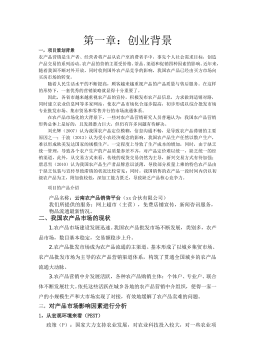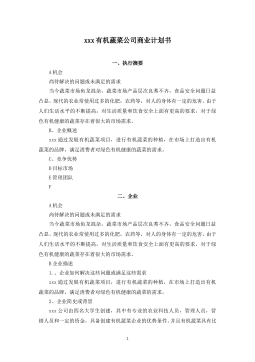我国期货市场的国际化研究
摘要加入世界贸易组织后,中国经济正逐步全方位地融入全球经济体系。这种融入除了给中国经济带来巨大的机遇,同时也给经济运行带来了巨大的不确定性。其中期货市场作为市场风险管理的重要场所,对中国经济产生着巨大的作用。中国期货市场是在中国经济体制改革的过程中,适应社会主义市场经济体制的建立和经济的发展需要而诞生的。在理论研究和借鉴国外经验的基础上开始试点,期货市场经历二十年的风雨,从无到有,逐步规范,伴随着经济体制改革深化而发展,在我国市场经济体制的建立与完善的过程中发挥着重要的作用,已经成为我国资本市场重要的组成部分之一。如何评价目前我国期货市场?如何进一步促进我国的期货市场为国民经济作出更大的作用?...
相关推荐
-
我国基层财政困难的制度成因分析与对策研究VIP免费
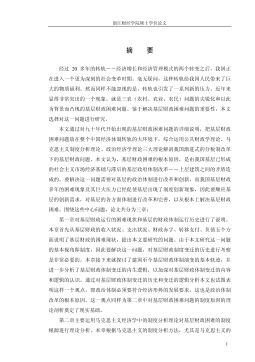
 2024-09-20 33
2024-09-20 33 -
我国煤电产业链纵向交易合约机制研究VIP免费
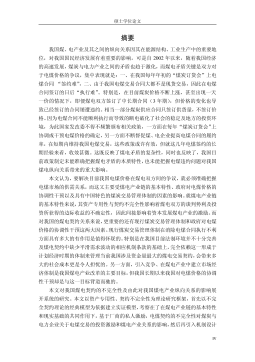
 2024-09-20 28
2024-09-20 28 -
生产要素视角下的上海市产业结构优化研究VIP免费
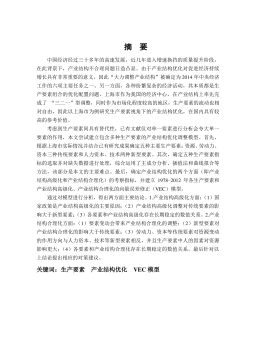
 2025-01-09 7
2025-01-09 7 -
我国银行业结构与经济结构关系研究VIP免费
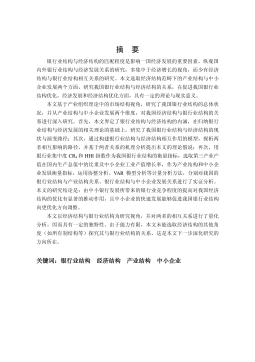
 2025-01-09 7
2025-01-09 7 -
大数据视角下农业供应链金融研究VIP免费

 2025-01-09 6
2025-01-09 6 -
跨国大型综合超市的规划研究VIP免费
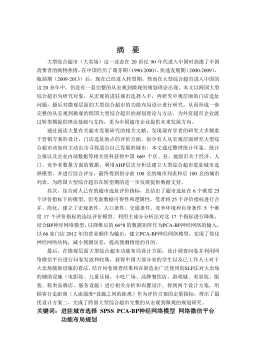
 2025-01-09 6
2025-01-09 6 -
跨境电商农产品质量安全问题研究VIP免费
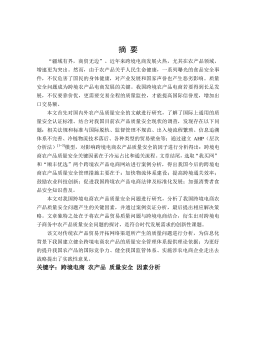
 2025-01-09 8
2025-01-09 8 -
世界市场的虚拟化与我国国际电子商务发展方向研究VIP免费
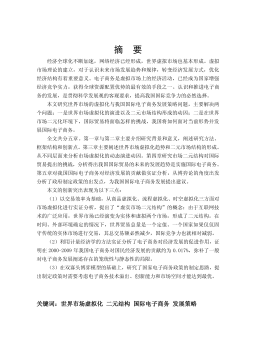
 2025-01-09 9
2025-01-09 9 -
中国政府对电力行业的价格规制问题研究VIP免费
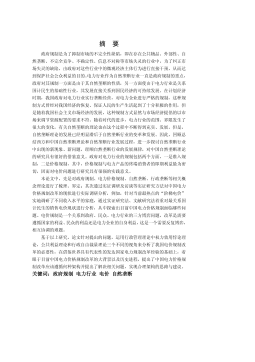
 2025-01-09 14
2025-01-09 14 -
中小企业信息化系统集成技术研究VIP免费
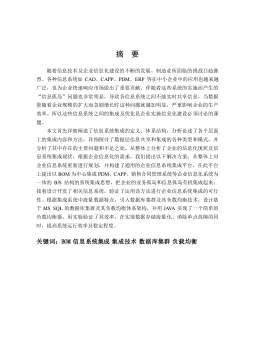
 2025-01-09 14
2025-01-09 14
相关内容
-

跨国大型综合超市的规划研究
分类:高等教育资料
时间:2025-01-09
标签:无
格式:PDF
价格:15 积分
-

跨境电商农产品质量安全问题研究
分类:高等教育资料
时间:2025-01-09
标签:无
格式:PDF
价格:15 积分
-

世界市场的虚拟化与我国国际电子商务发展方向研究
分类:高等教育资料
时间:2025-01-09
标签:无
格式:PDF
价格:15 积分
-

中国政府对电力行业的价格规制问题研究
分类:高等教育资料
时间:2025-01-09
标签:无
格式:PDF
价格:15 积分
-

中小企业信息化系统集成技术研究
分类:高等教育资料
时间:2025-01-09
标签:无
格式:PDF
价格:15 积分


